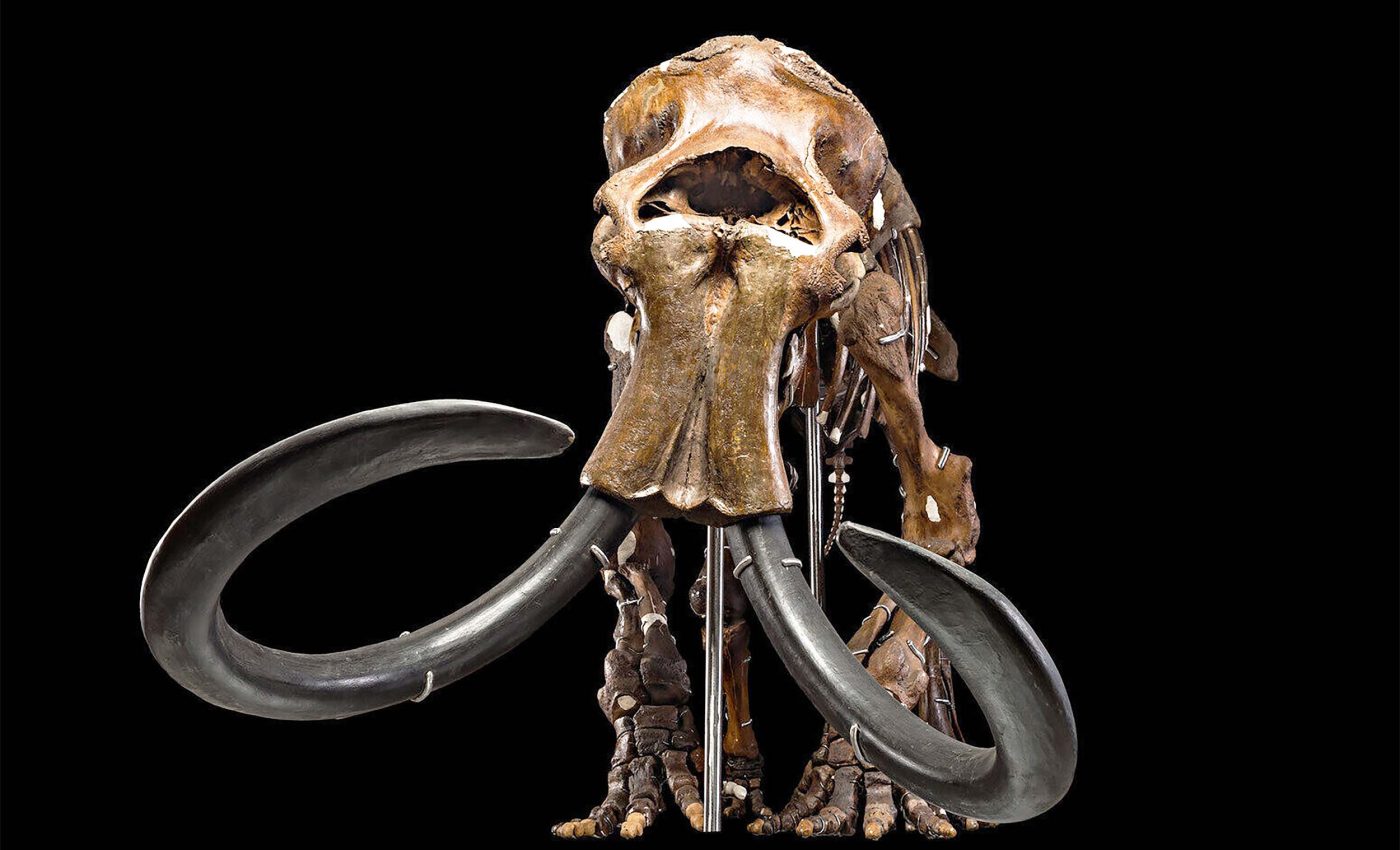
North America was ruled by large mammals 50,000 years ago, now we know why they vanished
The woolly mammoth once trudged across what is now Colorado, its shaggy bulk casting long shadows on windswept steppe. Saber-toothed cats prowled the edges, and herds of giant bison kicked up dust that settled on early human camps.
These outsized creatures, known collectively as megafauna, vanished roughly 13,000 years ago, leaving researchers with a puzzle and a patchwork of broken bones.
The mystery of their disappearance still drives debates at conferences and around lab benches. After all, settling whether people, climate, disease, or some mix of forces pushed the giants over the edge may refine our understanding of extinction in a warming world.
Scientists at the Smithsonian National Museum of Natural History decided to tackle the problem from a fresh angle – by revisiting the museum’s own drawers.
Now, molecular clues from collagen in old bones are teaching us about the lives, movements, and demise of Ice Age megafauna like mammoths.
Analyzing forgotten bone fragments
Natural history museums curate millions of bones, but much of the stock never makes it into glass cases. The less glamorous bits – bleached splinters, edge-rounded chips, weather-pocked shards – sit in boxes that smell faintly of old cardboard.
Many were dug up in Colorado between 1934 and 1981 and later tagged as “unidentifiable.” Conventional methods could not assign them to species, genus, or sometimes even family.
That anonymity holds the investigation back. If a chipped tibia could belong to a mammoth or a camel, its position in a layer tells us little about which creature lumbered through that campsite.
Multiply that confusion across thousands of samples, and the result is a grainy timeline that keeps any theory on shaky ground.
Collagen in mammoth bones
Enter Zooarchaeology by Mass Spectrometry, or ZooMS. The technique treats collagen – the tough protein that lingers in bone long after DNA degrades – as a kind of barcode.
By clipping a pea-sized sample, dissolving it in acid, and running the solution through a mass spectrometer, researchers read the unique pattern of collagen fragments that distinguishes bison from mammoth, camel, or ground sloth.
Unlike ancient-DNA sequencing, ZooMS works on heavily weathered specimens and leaves only a light scar.
The whole procedure takes hours, not weeks, and costs a fraction of full genomic workups.
That speed means entire boxes of fragments can be run through the pipeline, turning a hodgepodge of “bone” into a spreadsheet of animal names ready for ecological analysis.
Bits of collagen on mammoth ribs
The Smithsonian team sampled material from five late-Pleistocene sites. Some fragments looked hopeless: sun-bleached surfaces, river-rolled edges, even hints of chemical decay. Yet collagen hung on in most of them.
“A remarkable 80 percent of the bones sampled yielded sufficient collagen for ZooMS identifications,” they report. Of those, “Seventy-three percent could be identified to genus level.”
The method flagged Bison, Mammuthus, Camelidae, and a probable mastodon among the scraps. Tiny clues, big payoff.
Those identifications already sharpen maps of ancient ranges. A camelid shard in a layer dated to 11,500 years ago suggests the lanky browsers survived later in the Rockies than some models predict.
Collagen found on a mammoth rib beside early human tools hints at hunting or scavenging rather than harmless coexistence.
Tiny cracked bones hold big clues
Those microscopic barcodes do more than tidy up a catalog. Knowing exactly which animals turned up at each layer lets archaeologists map when the giants retreated and whether people followed in lockstep.
If mammoth remains vanish from a site just as spear points appear, that strengthens a hunting hypothesis.
If camel bones persist well into a warmer interval, that weakens an argument centered on rapid climate swings.
Protein identifications also feed climate models. By matching dated layers to animal presence, ecologists can test how temperature or vegetation shifts tracked population declines.
The work acts like a time-lapse film stitched from static photos, revealing whether the megafauna fade-out was an abrupt crash or a slow, uneven ebb.
Why does any of this matter?
The study underlines the value of long-term collection care. Old excavation notes may be scant and storage boxes may sag, but the bones inside still whisper.
Throwing them out because they look unpromising would erase information we have yet to imagine.
Museums need stable humidity, proper labeling, and, yes, funding, to keep those whispers audible for future scientists armed with tools we have not yet invented.
There is a broader moral, too: data security is not only digital.
A chipped mammoth molar cradled in acid-free tissue is a data point that could change the way children learn prehistory. Discard it, and that future chapter of the story is gone for good.
ZooMS, mammoth fossils, and collagen
Reference libraries for North American species remain thin, so some collagen signatures remain unnamed.
Expanding those databases could let ZooMS sort mastodon from mammoth at a glance, or differentiate ancient camel from its llama cousins.
Couple that with emerging protein-sequencing techniques and the story of Ice Age extinction may finally gain the clarity of a high-definition photo – one chipped rib at a time.
Museum shelves, once considered quiet archives of yesterday’s digs, are turning into active laboratories.
The next breakthrough in Paleo-American research may not come from a windswept canyon but from a gray archival box, opened under fluorescent lights and examined with a tool that sees information hidden for millennia.
The full study was published in the journal Frontiers.
—–
Like what you read? Subscribe to our newsletter for engaging articles, exclusive content, and the latest updates.
Check us out on EarthSnap, a free app brought to you by Eric Ralls and Earth.com.
—–













